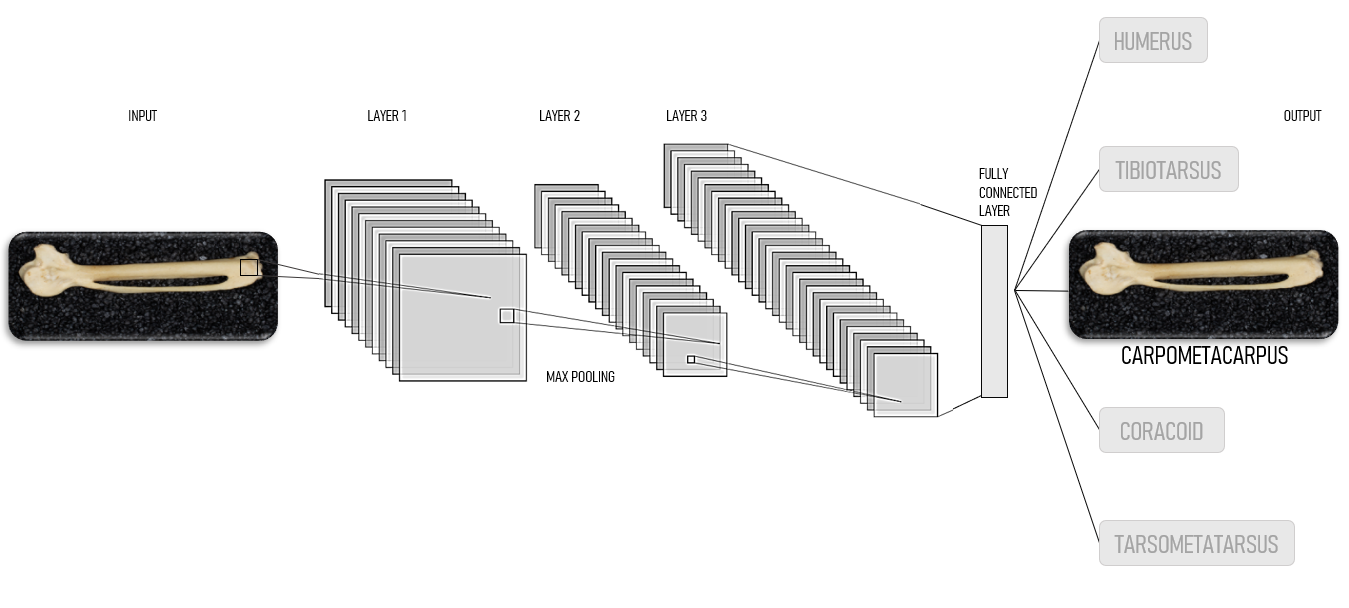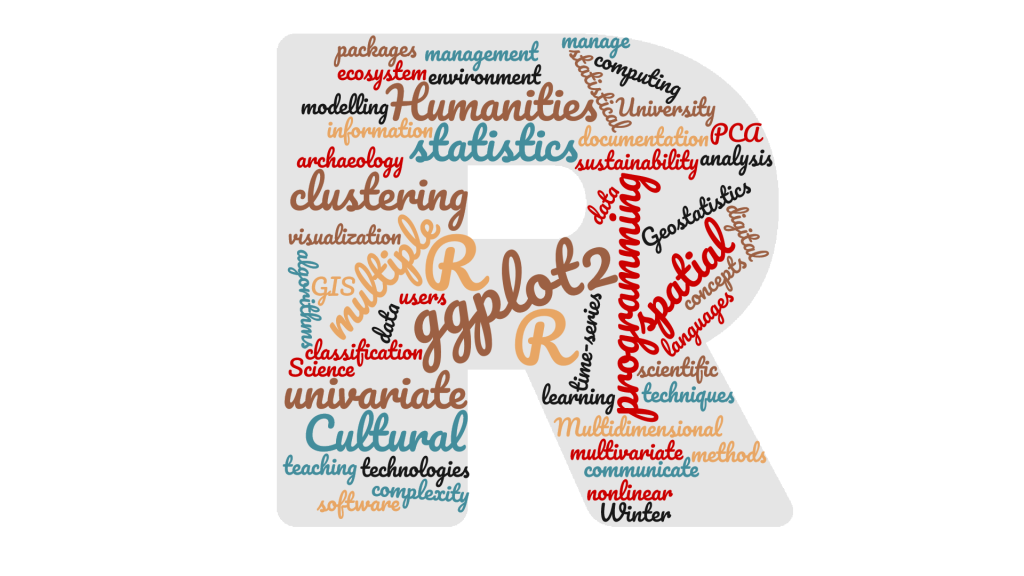Grey literature is the material produced by organizations or individuals outside the standard commercial or academic publishing. It can take the form of reports, working papers, evaluations, theses, blogs, preprints, field notes, and it is generally produced to store or share information for internal use, or for a wider distribution without the constraints and restrictions of a formal publishing procedure. Some examples of grey literature are: record of data and information on sites or projects, e.g. archaeological records, survey data, working papers; documents with detailed information and limited distributions, e.g. technical reports, briefings, projects evaluations; policy, best practices, legislation statements or documents, e.g. white papers, discussion papers, submissions; meeting, conference proceedings and abstracts made available only to participants.
Generally, grey literature lacks meaningful quality and bibliographic control, since it is not necessarily peer-reviewed, and basic information such as authors or publication date may not be easily identified. This, together with its non-standard formats and non-conventional distribution channels, makes grey literature inherently difficult to index, classify, or even to discover and access.
Grey literature is an important source of information, for a number of reasons. It usually contains much more detailed information than the canonical publications. Moreover, grey literature is a way to look for information in emerging or less popular research areas, and is a powerful tool for a quick dissemination of results, overcoming the delay between research and publication. Finally, some results simply are not published anywhere else.
Different repositories and databases make grey literature available, though the costs and the difficulties of finding and cataloguing the sources. Different portals are GreyNet (production and dissemination of grey literature in many sectors), ArXiv (repository of electronic preprints in pure and applied sciences), bioRxiv (biological sciences), RePEc (economics), and many university and institutional repositories or guides to grey literature. Grey literature produced within Archaeology is massive, and it is of fundamental importance (see for instance http://archaeologydataservice.ac.uk/archives/view/greylit/ )
The huge amount of digital grey literature now available poses interesting challenges. The collection of digital grey literature is already too vast to comprehend, and often unknown to many scientists and researchers. The opportunities provided by text and data mining can provide visual and smart searches, querying services, allowing to find relevant resources, assess the credibility and the quality of these resources, aggregating and extracting the hidden value. Grey literature provides raw material for data mining and scientific alert services. We are now in a position to use this hidden knowledge in order to integrate and synthesize the results, to indicate patterns and trends. With a big impact for the research and the society, and unveiling business opportunities.
Such a path can be followed only with an effective cooperation between experts at the interface between pure and applied sciences, humanities and social sciences. This is what this article is aimed at.






